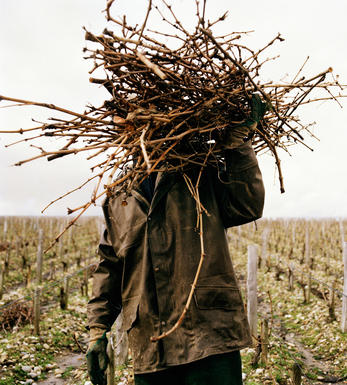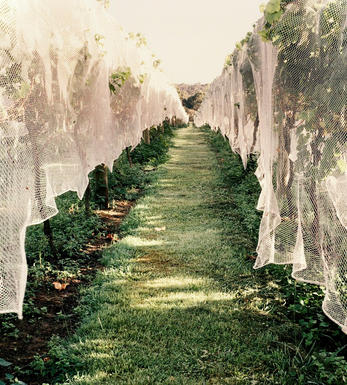
2017 Tapanappa, Tiers Vineyard Chardonnay, Piccadilly Valley, Adelaide Hills, Australia

About this WINE

Tapanappa Wines
The Tapanappa winery is a joint venture established in 2002 between the highly regarded winemaker & viticulturalist Brian Croser (ex Petaluma), Bollinger Champagne House and Jean-Michel Cazes from Chateau Lynch Bages. The aim has been to produce unique Australian“terroir” driven wines from single vineyards that enjoy cool climate conditions at 450m altitude.
The Tapanappa name derives from a 550 million year old geological formation that underlies the Fleurieu Peninsula where the Croser family have a sheep farm and vineyard. The Tiers Vineyard, planted 1979 with Chardonnay, is the first vineyard planted in the Adelaide Hills thus pioneering the cool climate wine industry of South Australia.
The Foggy Hill Vineyard is on the highest point of the Fleurieu Peninsula and was purchased by the Croser family in 2003. It is planted with Pinot Noir.
Whalebone Vineyard is a cooler-climate vineyard in Wrattonbully (just north of Coonawarra) planted in 1974 with Cabernet Sauvingon and Shiraz. The soil here is terra rossa from the Oligocene era (over 35 million year-old).
James Halliday has rated Tapanappa as a 5-star winery in his Austrlian Wine companion guide.

Wrattonbully
Part of South Australia’s Limestone Coast, Wrattonbully was first known as ‘Koppamurra’ twenty-eight years ago. Potentially larger than either Padthaway or Coonawarra, but only Mildara, Hardys, Orlando & Yalumba have invested to date. The remaining land still the pastured playground of farming homesteads & doctors.
As with its neighbours, Wrattonbully is blessed with an natural acquifier, albeit one whose salinity level is rising (currently 1000 ppm). The region is one degree celsius warmer than Coonawarra, but one degree cooler than Padthaway. Wrattonbully is notable for its 100 metre elevated undulating Naracoorte Hills, giving a diurnal shift and higher acidities; its lower relative humidity (minimising grape rot); its moderately low fertile terra rossa (loam over ironstone & limestone) soils allowing detailed pruning (vs the non-detailed/hedge pruning practised in Coonawarra) and consequently better fruit quality. Approx. 1000 ha planted with fresh, varietally pure Cabernet Sauvignon, Merlot and Chardonnay.
Recommended Producers
Yalumba’s Smith & Hooper vineyards, Brian Croser’s Tapanappa & the Nolan Family Wines are all good producers.

Chardonnay
Chardonnay is often seen as the king of white wine grapes and one of the most widely planted in the world It is suited to a wide variety of soils, though it excels in soils with a high limestone content as found in Champagne, Chablis, and the Côte D`Or.
Burgundy is Chardonnay's spiritual home and the best White Burgundies are dry, rich, honeyed wines with marvellous poise, elegance and balance. They are unquestionably the finest dry white wines in the world. Chardonnay plays a crucial role in the Champagne blend, providing structure and finesse, and is the sole grape in Blanc de Blancs.
It is quantitatively important in California and Australia, is widely planted in Chile and South Africa, and is the second most widely planted grape in New Zealand. In warm climates Chardonnay has a tendency to develop very high sugar levels during the final stages of ripening and this can occur at the expense of acidity. Late picking is a common problem and can result in blowsy and flabby wines that lack structure and definition.
Recently in the New World, we have seen a move towards more elegant, better- balanced and less oak-driven Chardonnays, and this is to be welcomed.


Buying options
Add to wishlist
wine at a glance
Delivery and quality guarantee